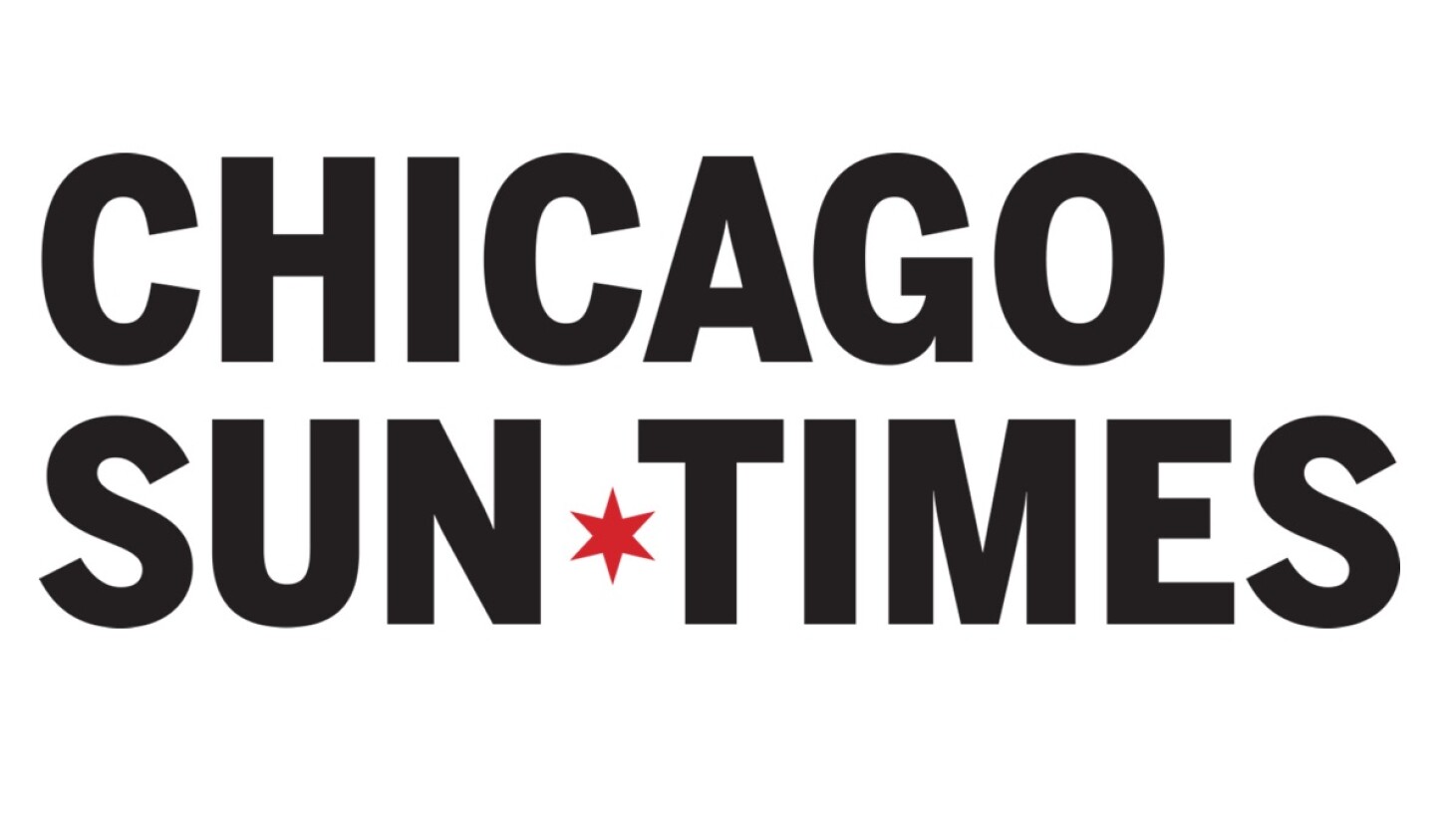Ageism in the workplace is a two-fold problem: It prevents labor shortages from being filled and older adults from being fulfilled on the job.
You don’t have to look hard to find examples, ranging from the forced retirement of older professionals to the laying off of older, hourly workers in favor of lower-wage, younger ones. Talk with just about anyone in their mid-50s and above and they will have tales to tell about the subtle or blatant ways their age works against them, either on the job or in searching for a new one.
Sure, there are plenty of laws and policies designed to prevent these things from happening. But the problems have persisted, and ageism remains.
For three very practical reasons, we believe there is a huge opportunity to make a dent in ageism, and that it can happen over the next 10 years.
The pandemic: In just two years, the pandemic has brought about changes in the way business is done that may well have taken decades to happen otherwise.
Intergenerational patterns: The typical American workplace now has up to five generations of workers on the job.
Demographics: The Bureau of Labor Statistics projects that by the end of this decade, workers 55 and older will represent the majority of labor force growth.
If appropriately harnessed by forward-thinking employers, these three factors add up to an unusual and short-term opportunity to take full advantage of what the oldest workers bring to the job.
Here is why. The typical workplace now includes Gen Z (1997-2012), millennials (1980-1997), Gen X (1962-1980) and rapidly declining numbers of baby boomers and traditionalists. The bulk of the workforce is now Gen X and millennials, and soon the average of that workforce will be 50-plus.
That presents an opportunity to reconsider ageism. The very changes needed to attract and retain all workers in our post-pandemic environment align precisely with what must be done to meet the needs of older workers and to take full advantage of what they bring to the job.
Remote work and hybrid work have become the norm at many businesses. And employers are finding that paid time off should include more than just vacation and sick time. They are adding time off for caregiving responsibilities, such as caring for a child, spouse, or parent. Job flexibility is opening the door to tactics like job sharing, enabling people with similar skills to team up on one job. We are even seeing co-CEOs as part of corporate transition strategy.
Jobs are being redesigned to meet the needs of employees of all ages. As that happens, the full value of having older workers as part of the team will be revealed. For example:








